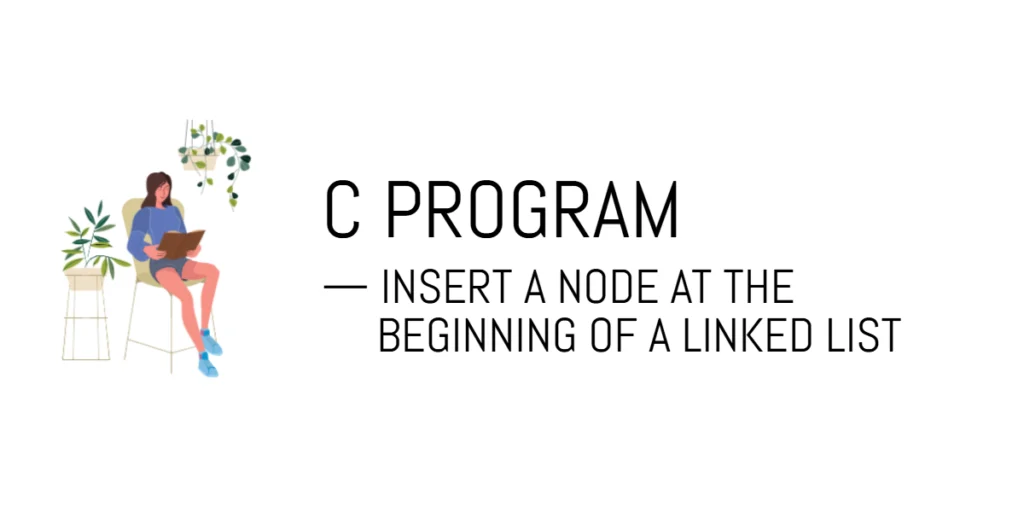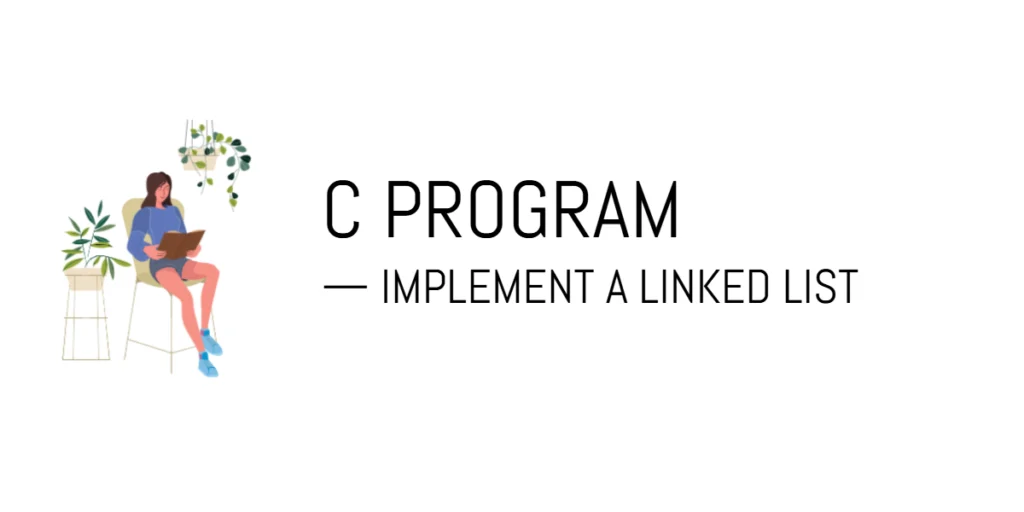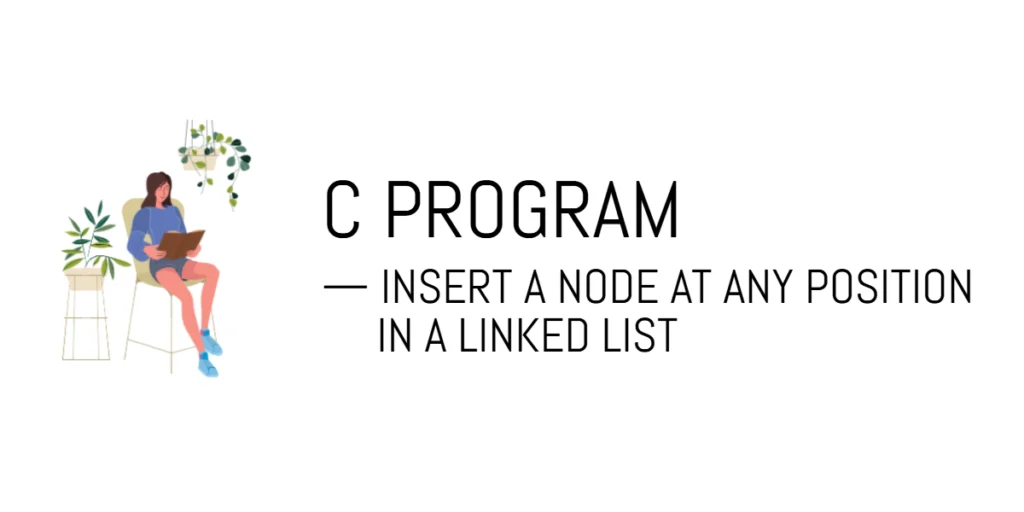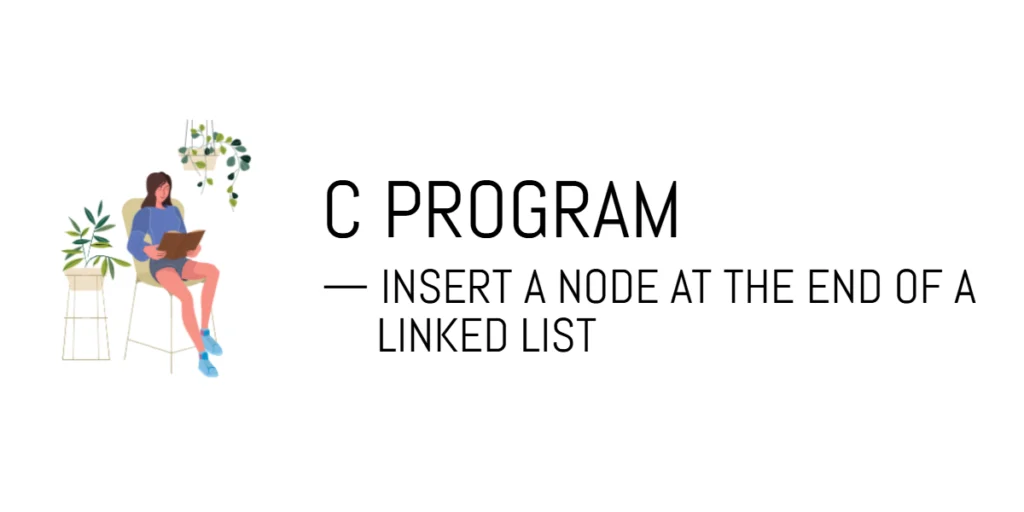C Program to Reverse a Doubly Linked List
Reversing a doubly linked list involves swapping the next and prev pointers of every node so that the list can be traversed in the opposite direction. This operation is useful in scenarios where backward traversal is needed or when implementing certain algorithms that require reversed lists. Mastering this operation strengthens your understanding of pointer manipulation […]
C Program to Reverse a Doubly Linked List Read More »









